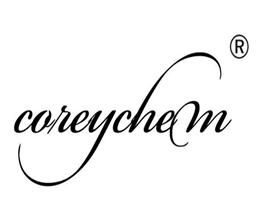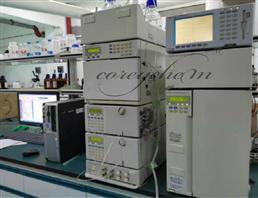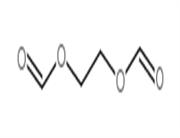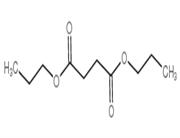Product Name: KARAYA GUM
Synonyms: Stellera spinosa gum;E 416;Gums, karaya;Gums, sterculia;Inolaxol;Kadai gum;Karaya K 5;STERCULIA GUM
CAS: 9000-36-6
MF:
MW: 0
EINECS: 232-539-4
Product Categories:
Mol File: Mol File
KARAYA GUM Structure
KARAYA GUM Chemical Properties
FEMA 2605 | KARAYA GUM (STERCULIA URENS ROXB.)
form Powder
color Yellow to Pale Brown
EPA Substance Registry System Karaya gum (9000-36-6)
Safety Information
WGK Germany 2
RTECS WI9370000
TSCA Yes
MSDS Information
Provider Language
SigmaAldrich English
KARAYA GUM Usage And Synthesis
Description Sterculia gum (also called gum Karaya, gum kadaya, Indian tragacanth, and India Gum, and by other names) is the dried exudate of Sterculia urens, a tree native to the mountainous regions of central and eastern India. Native collectors tap or drill the trees, and after several days collect the exudate in the form of large, irregular tears that may weigh up to several pounds. The best quality gum is collected during the hot spell (May to June) that precedes the monsoon. The collectors sell the product to dealers who clean and fragment the tears and sort the gum before putting it into export markets. Processors in the United States further purify the gum to remove bark, wood fiber, and soil, then grind, size, and blend the material to obtain uniform grades of gum.
Sterculia gum is also produced from various other species of Sterculia found in India, Africa, Australia, China, and Indochina, but the product is apparently not available separately in commercial amounts. These other gums may be mixed with that from S. urens. Another related gum is produced by species of Cochlospermum.
Sterculia gum is a complex polysaccharide with a high molecular weight of about 9.5 million. The molecule is reported to consist of units of D-galacturonic acid, D-galactose, and L-rhamnose in proportions of 43, 13, and 15 percent, respectively. It has a high acetyl content, with acid numbers reported at between 13.4 and 22.7; on aging or heating, the molecule may split off free acetic acid which gives Sterculia gum a sightly acetous odor.
Sterculia gum absorbs water rapidly to form viscous mixtures at low concentrations; up to 4 percent may be hydrated in cold water to form heavy, viscous pastes. A one percent mixture may have aSterculia gum absorbs water rapidly to form viscous mixtures at low concentrations; up to 4 percent may be hydrated in cold water to form heavy, viscous pastes. A one percent mixture may have a viscosity of 3,330 centipoises. Viscosity decreases with heating and aging. It is used as an emulsifier and food stabilizer.
A dried, gummy exudation from Sterculia urens Roxburgh and other species of Sterculia (Fam. Sterculiaceae), or from Cochlospermum gossypium A. P. De Condolle or other species of Cochlospermum Kunth (Fam. Bixaceae). It occurs in tears of variable size or in broken, irregular pieces having a somewhat crystalline appearance. It is pale yellow to pinkish brown, translucent, and horny, and is sometimes admixed with a few darker fragments and occasional pieces of bark. The gum has a slightly acetous odor and a mucilaginous and slightly acetous taste. In the powdered form it is light gray to pinkish gray. Karaya gum is insoluble in alcohol, but it swells in water to form a gel.

 China
China








